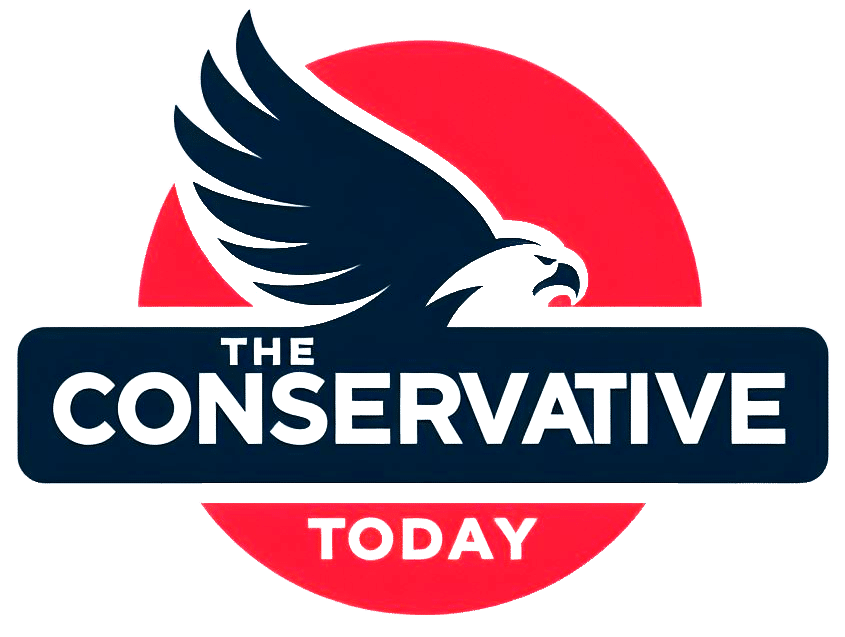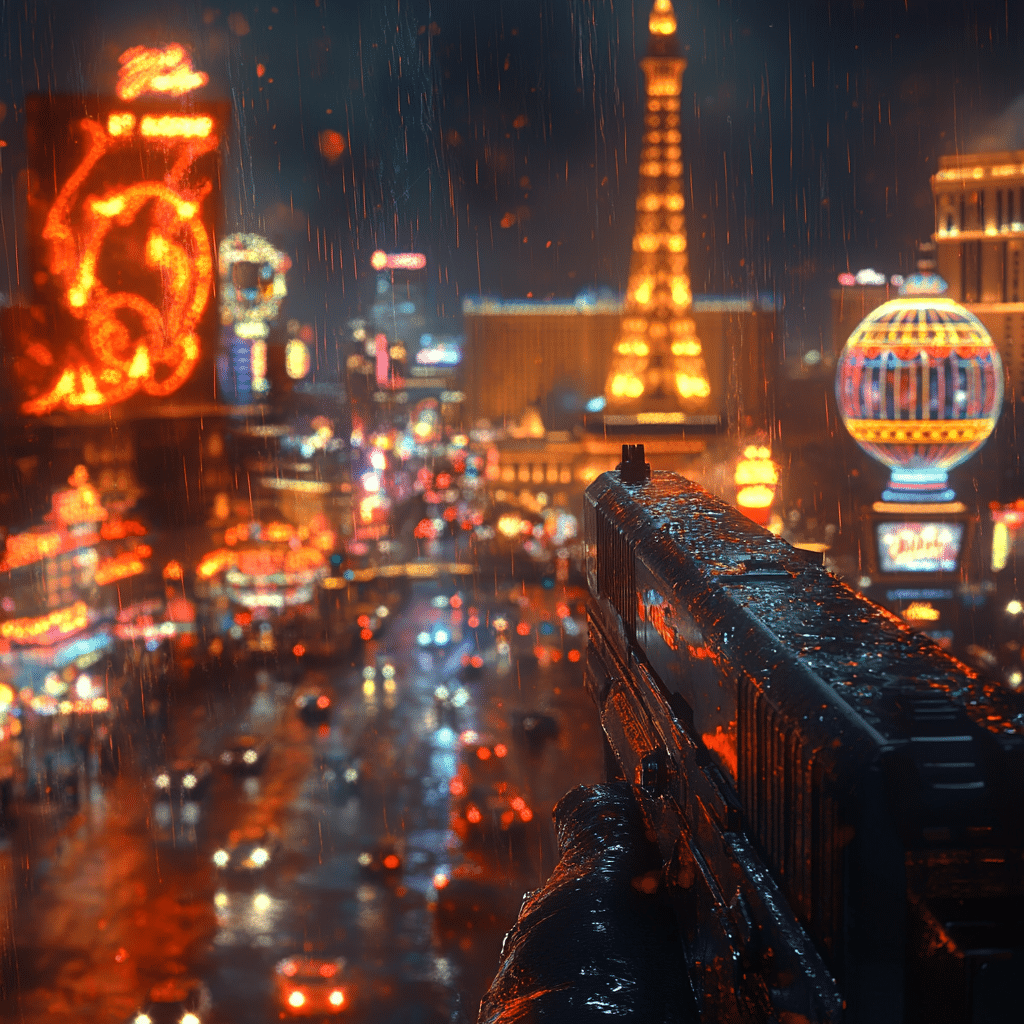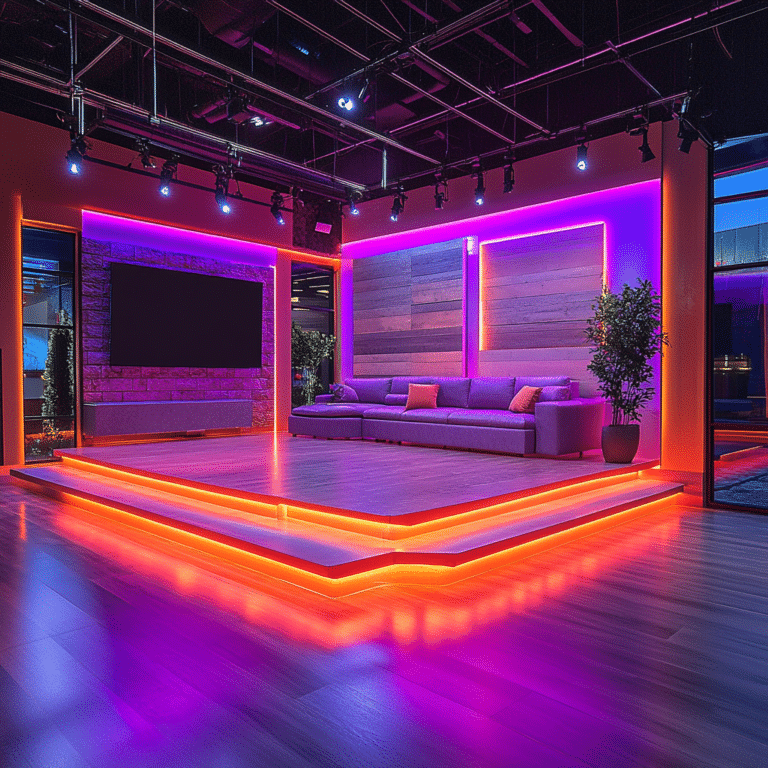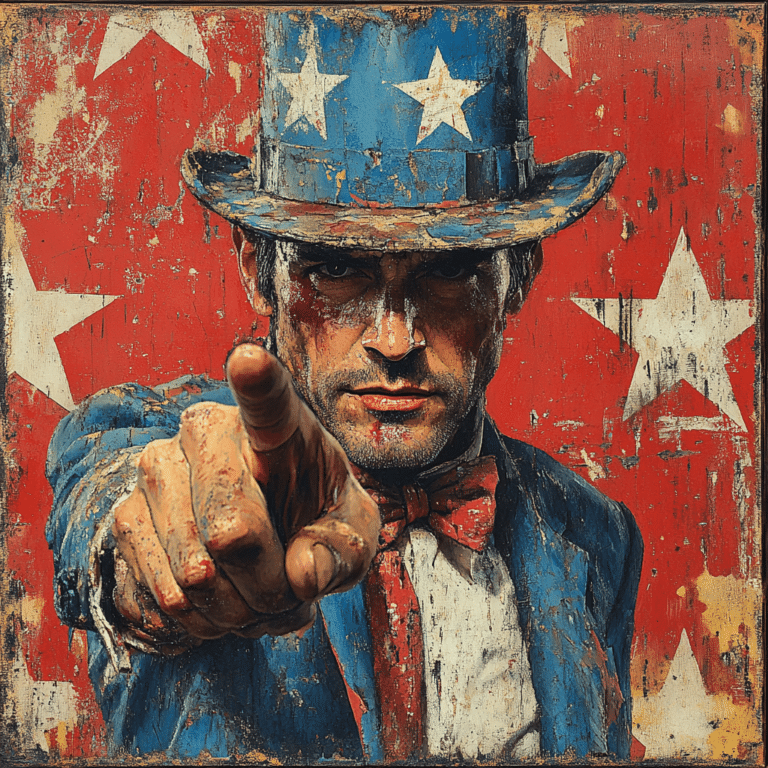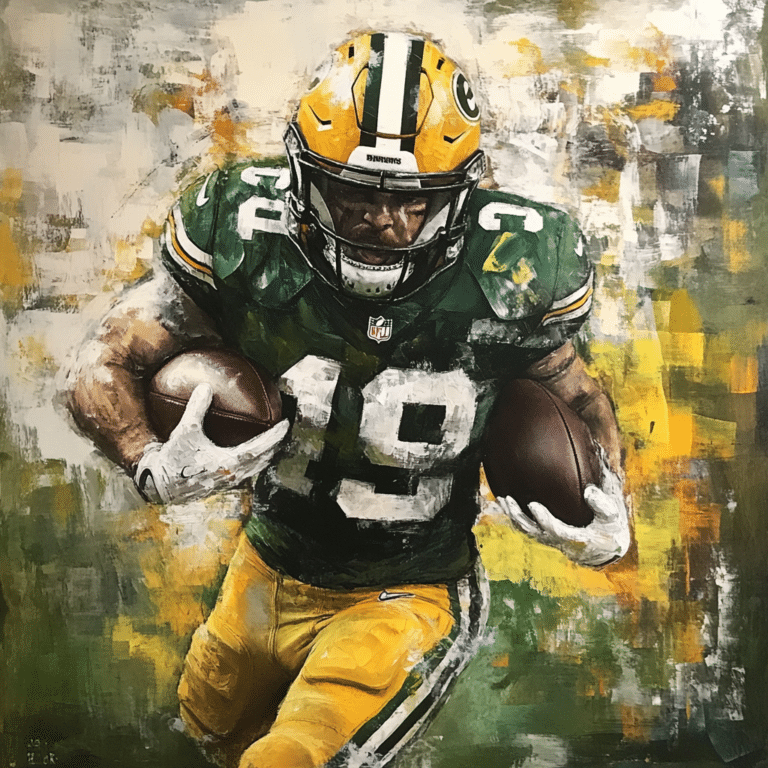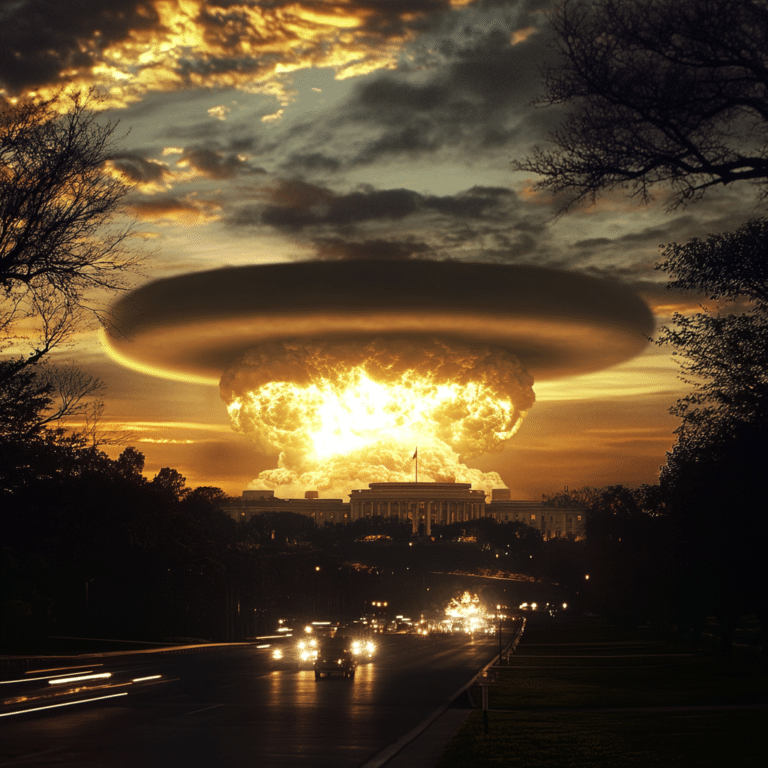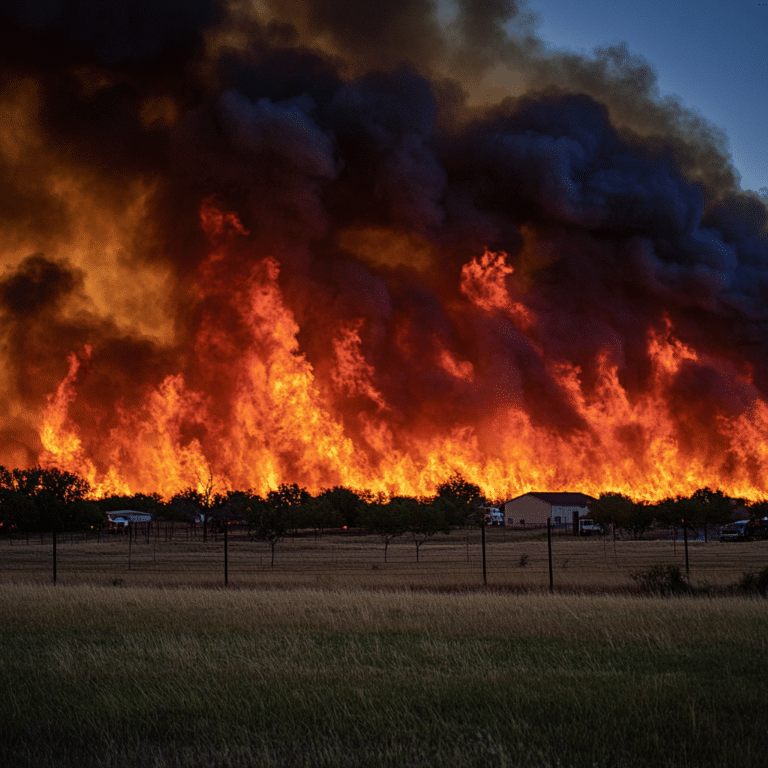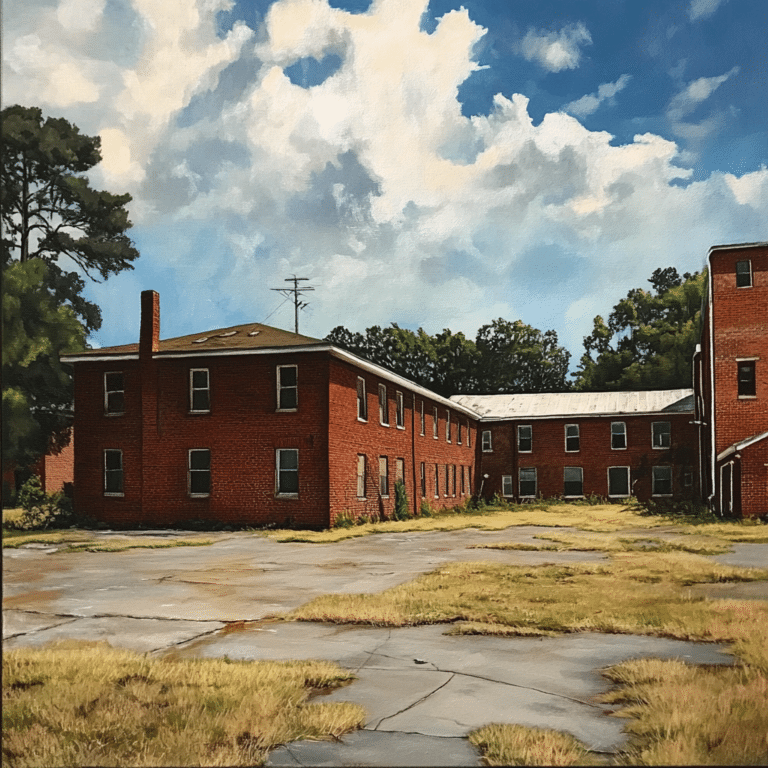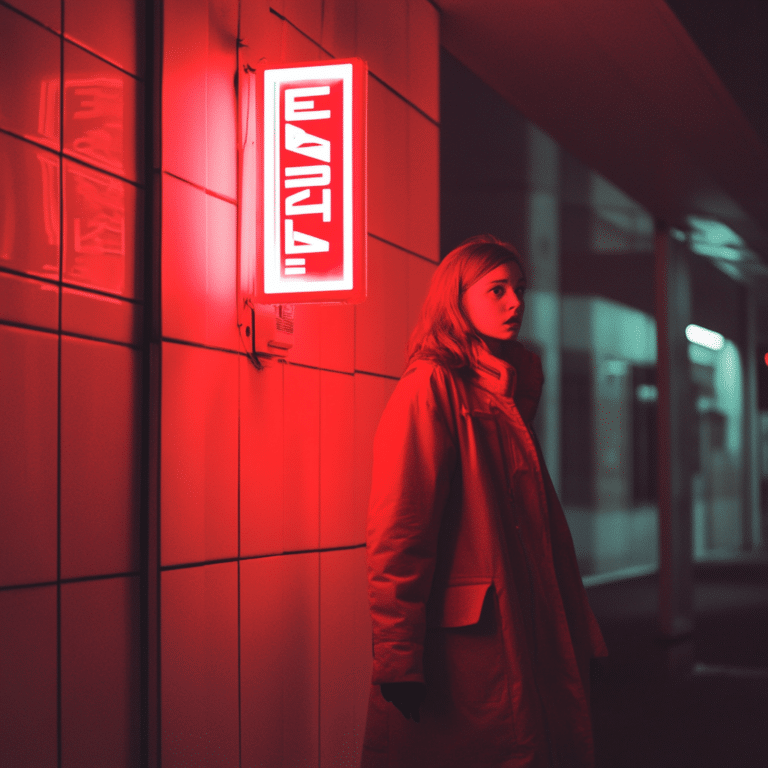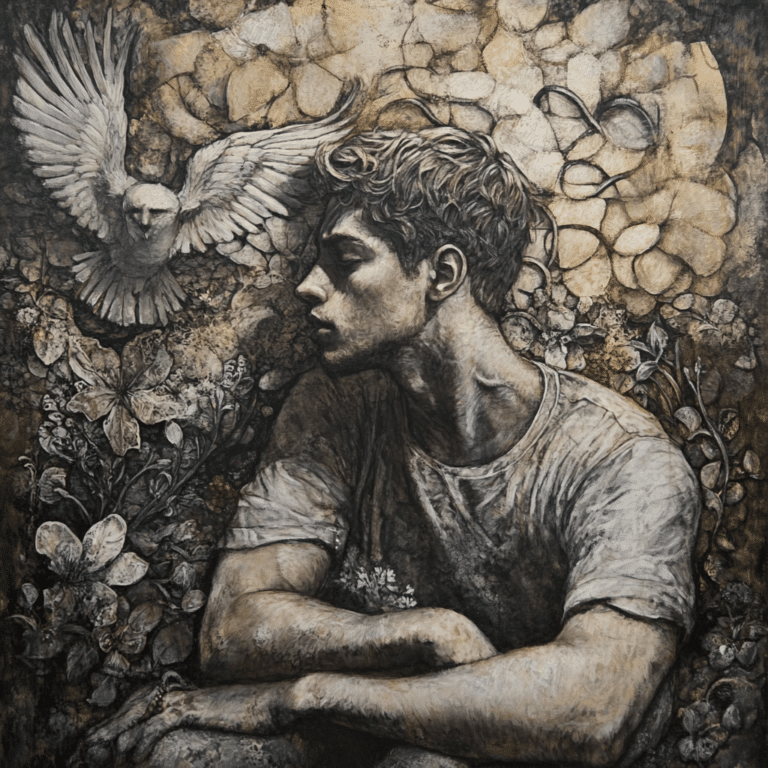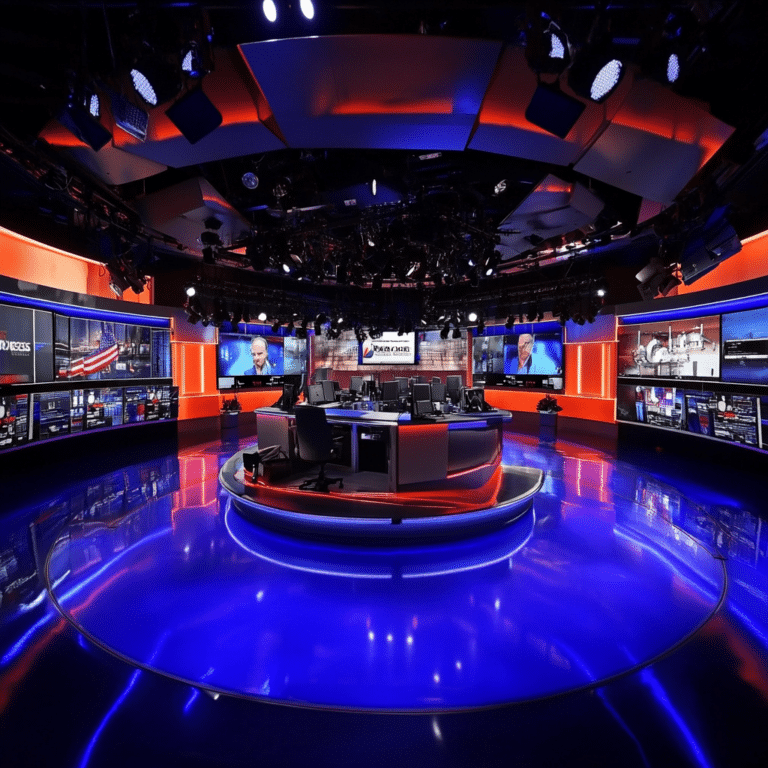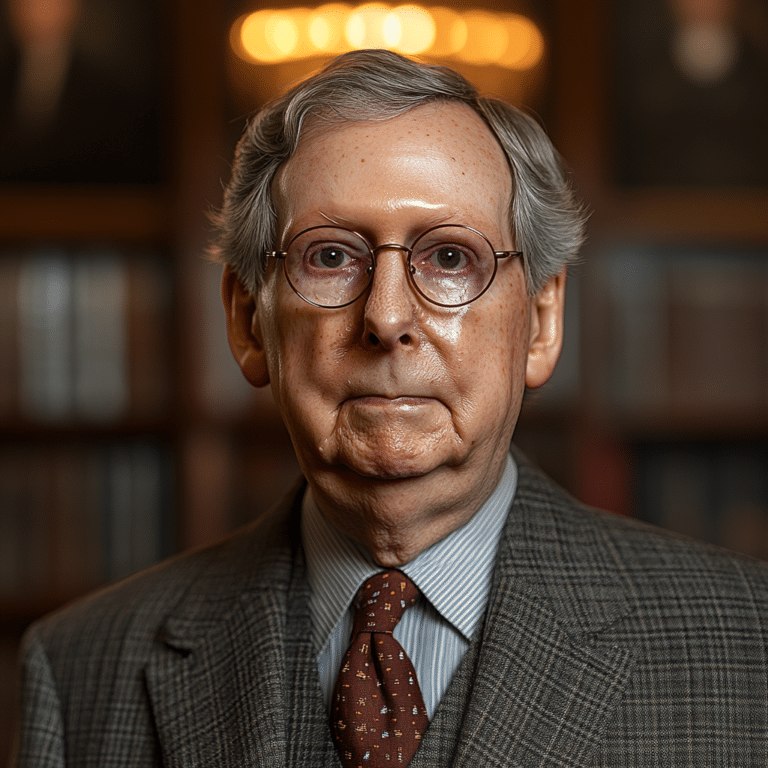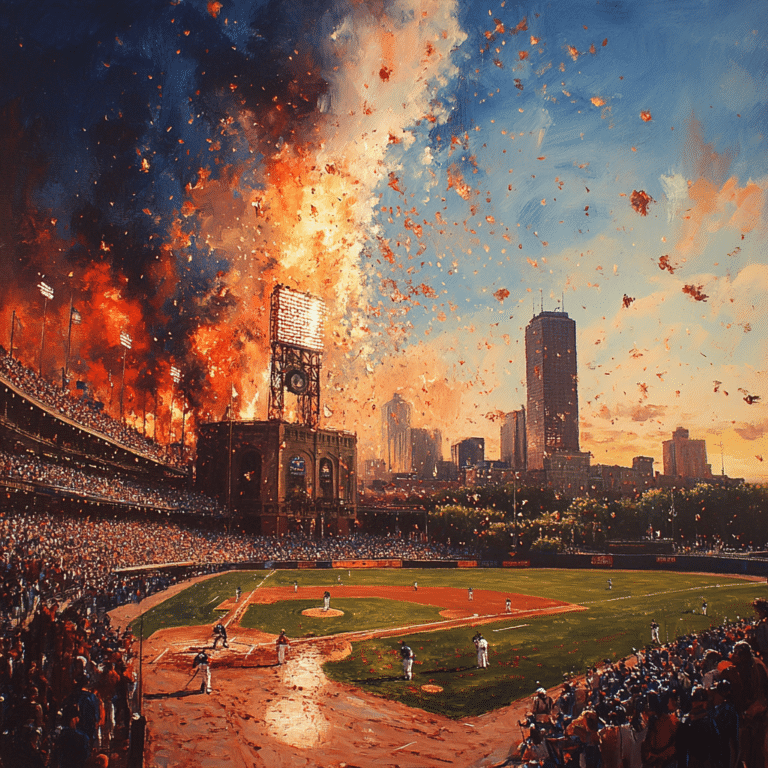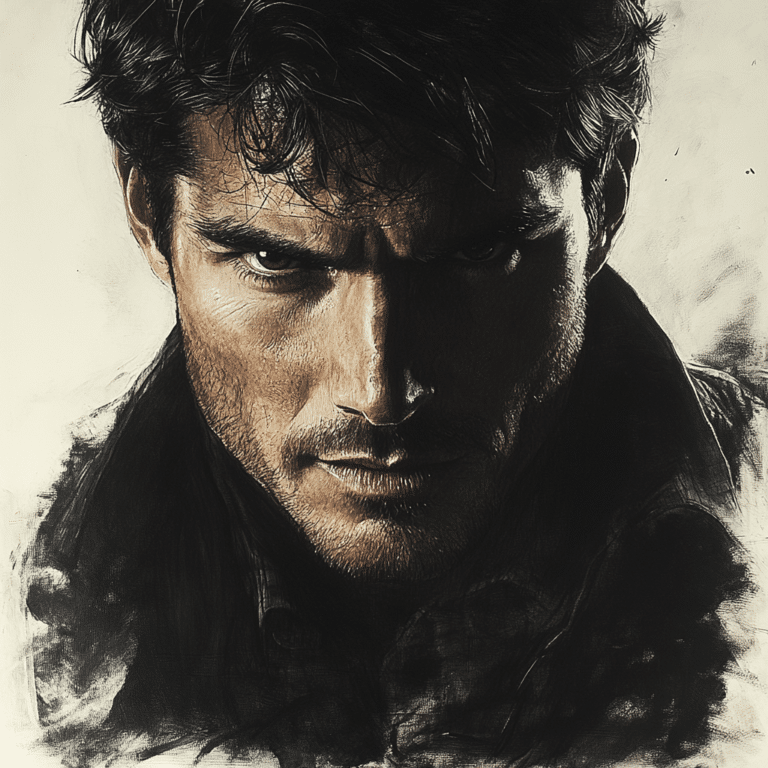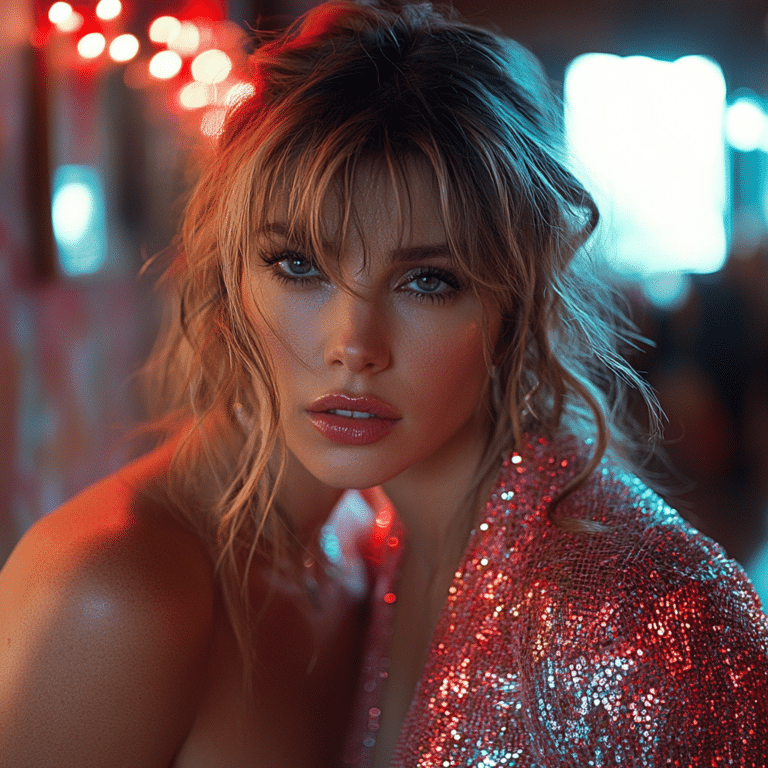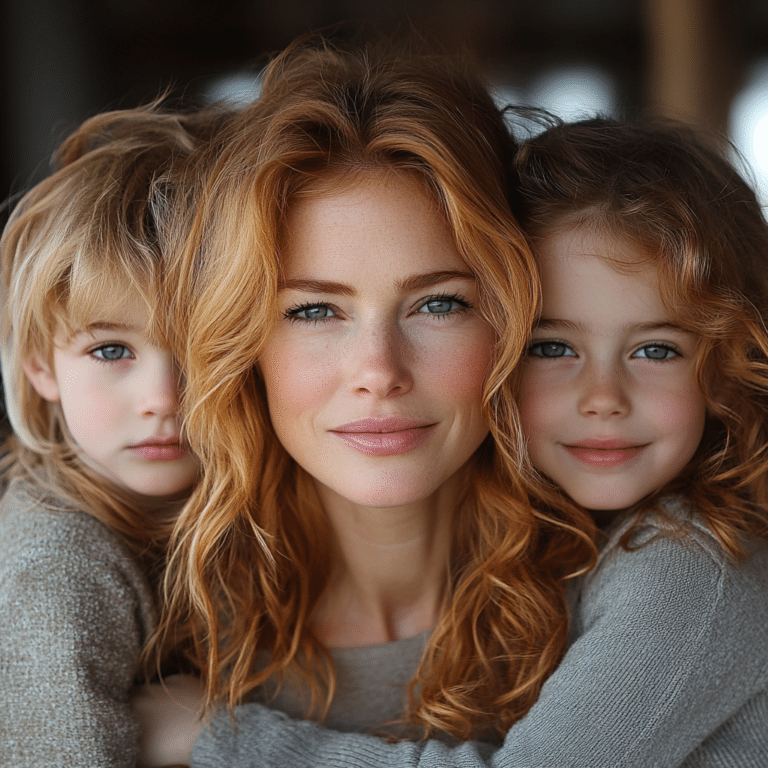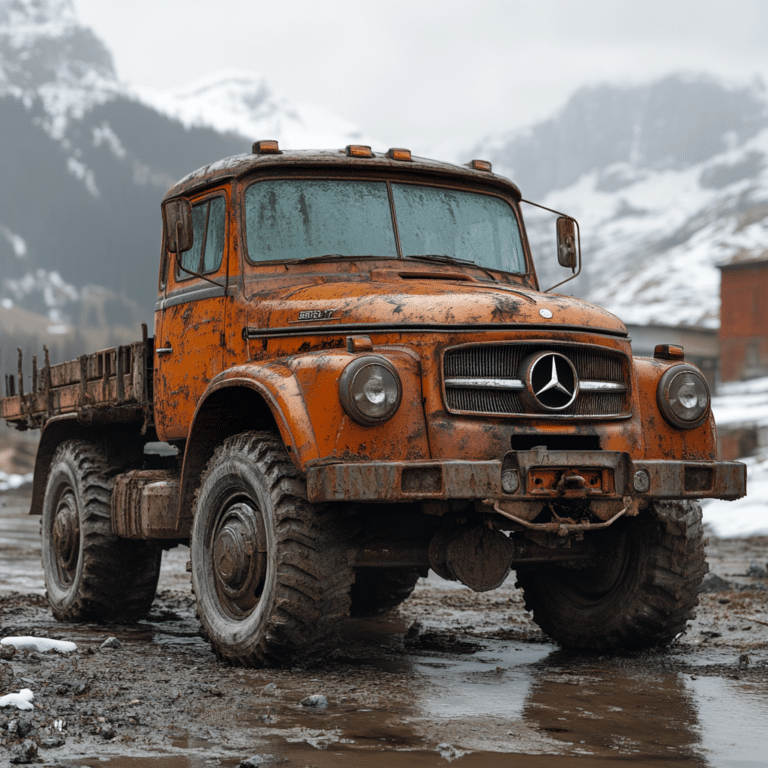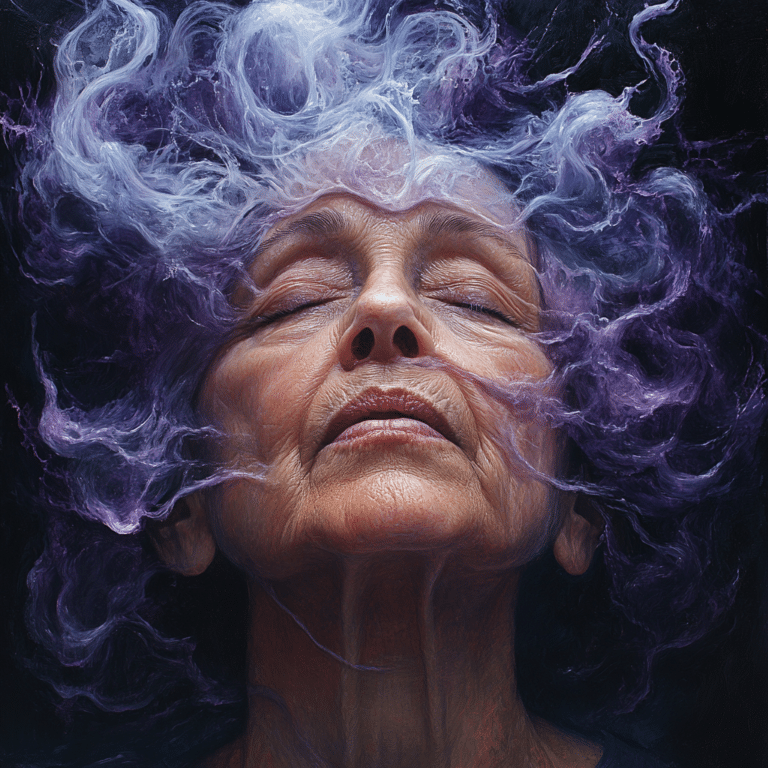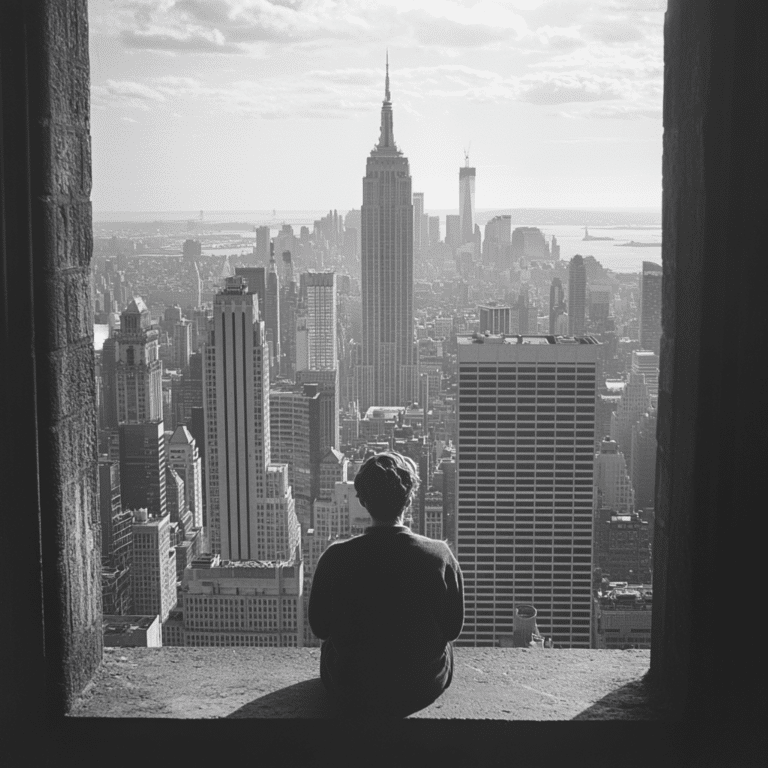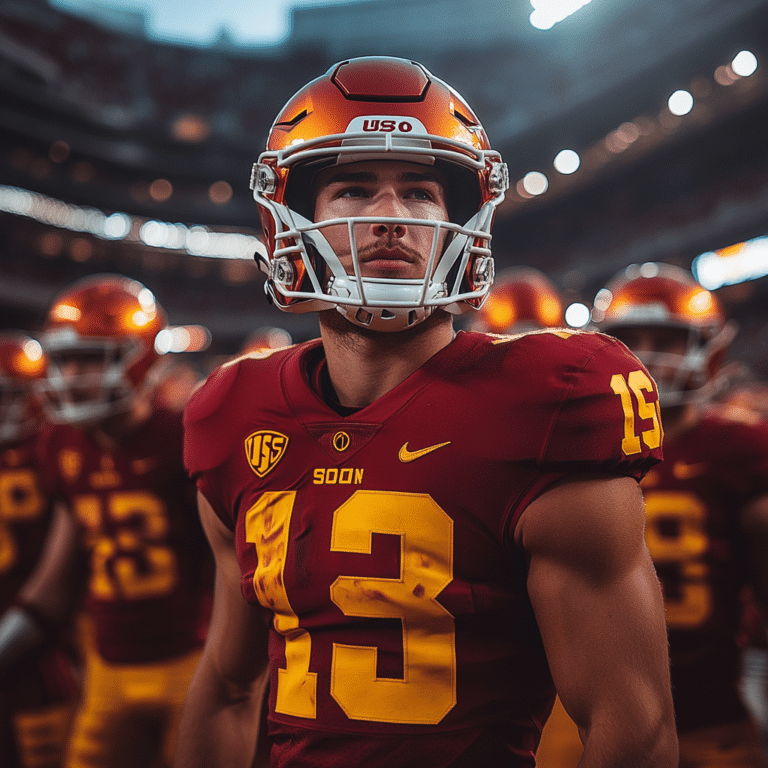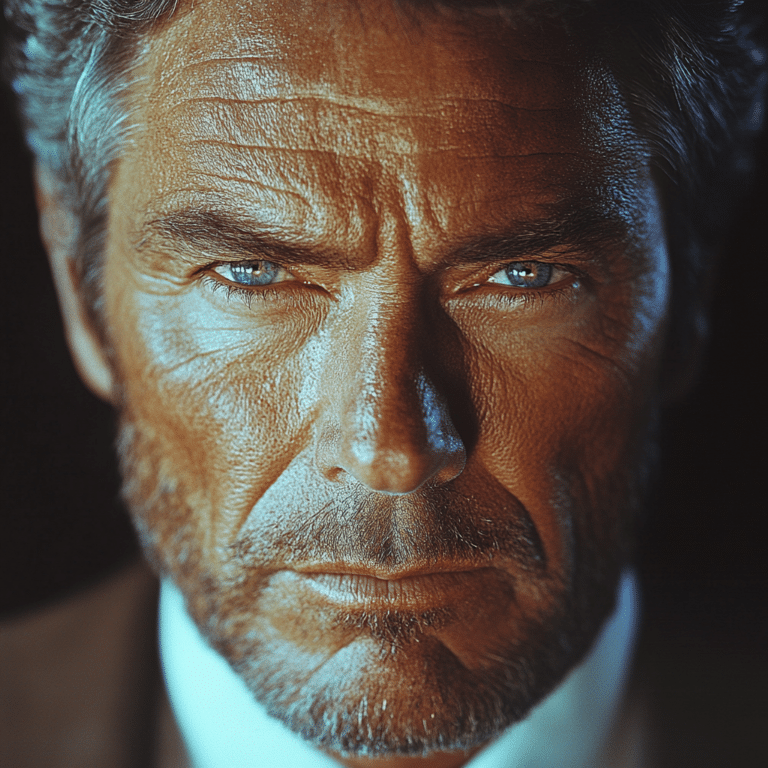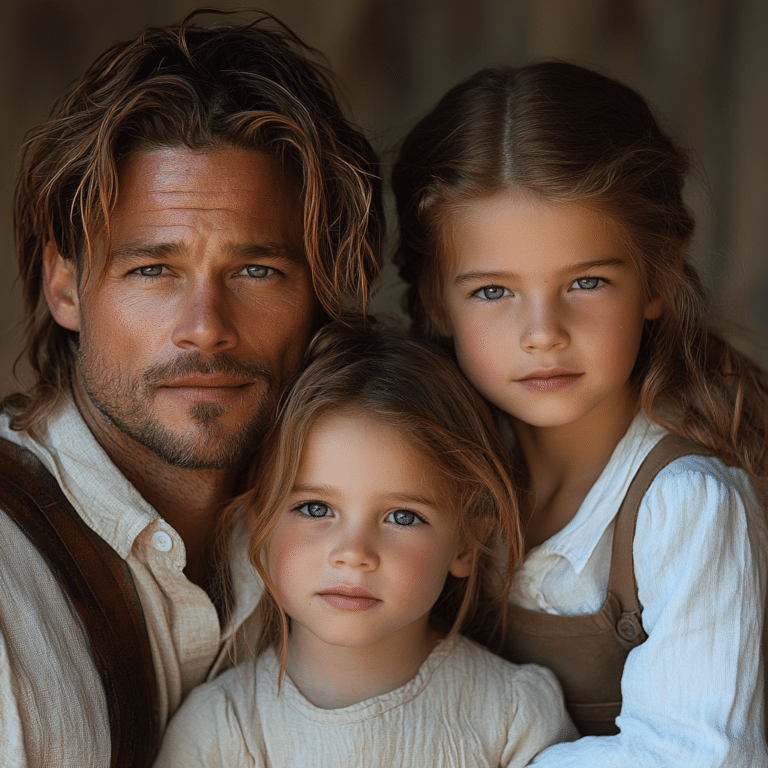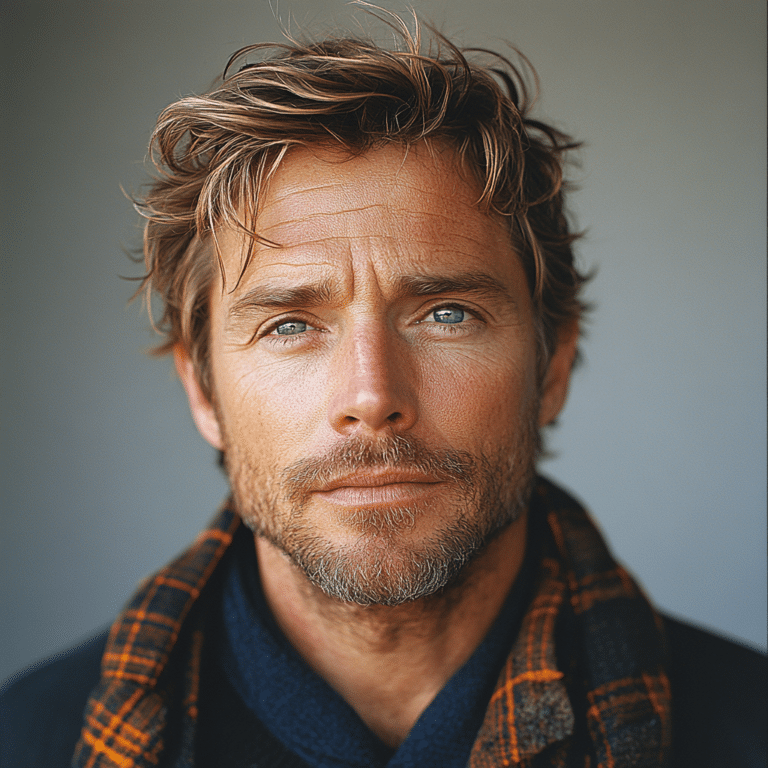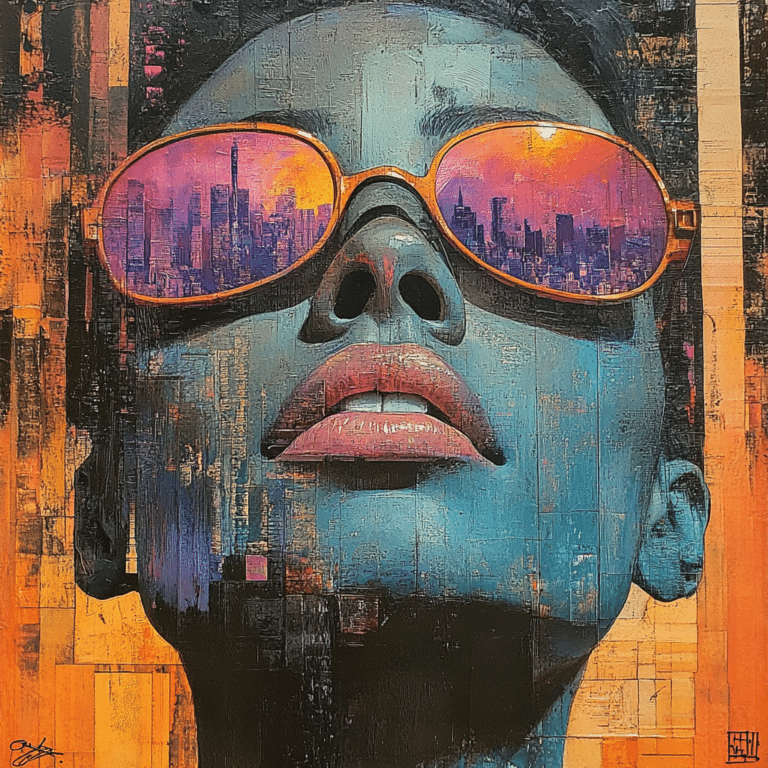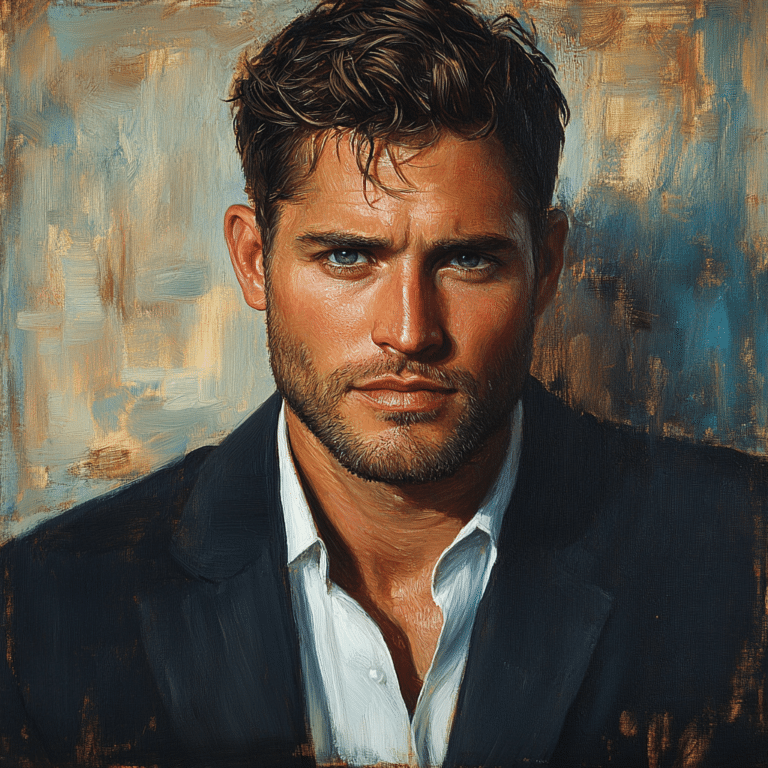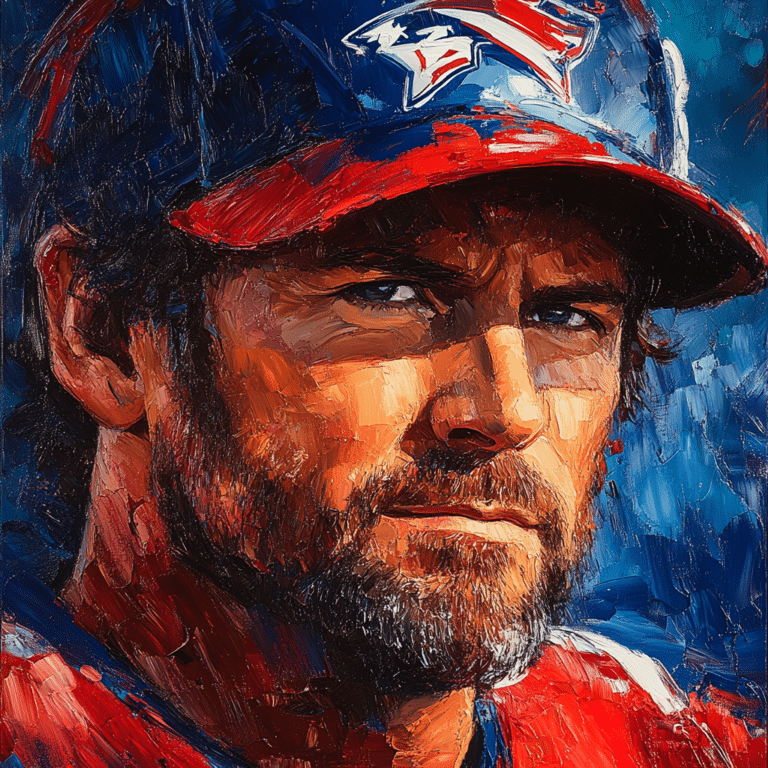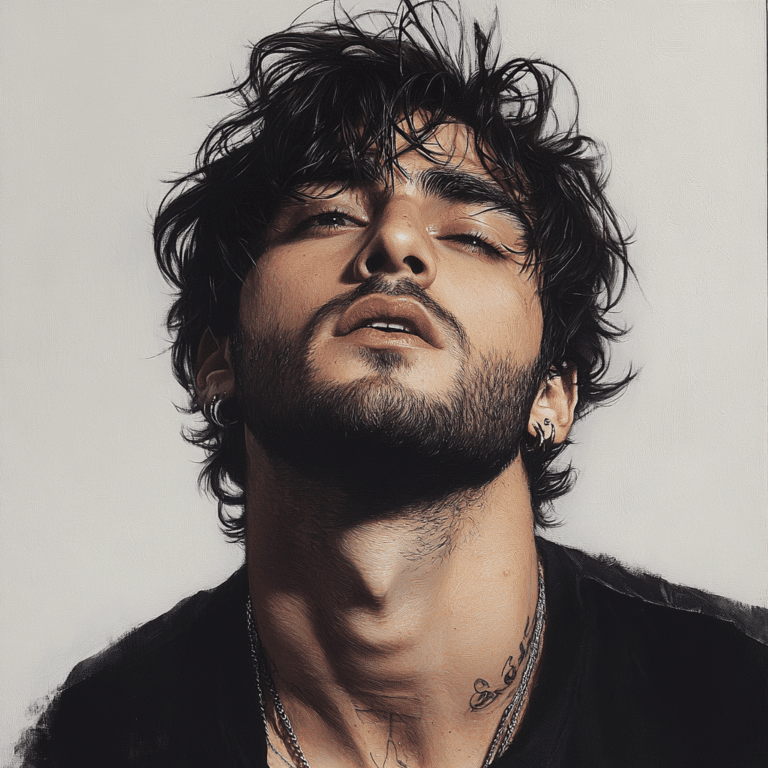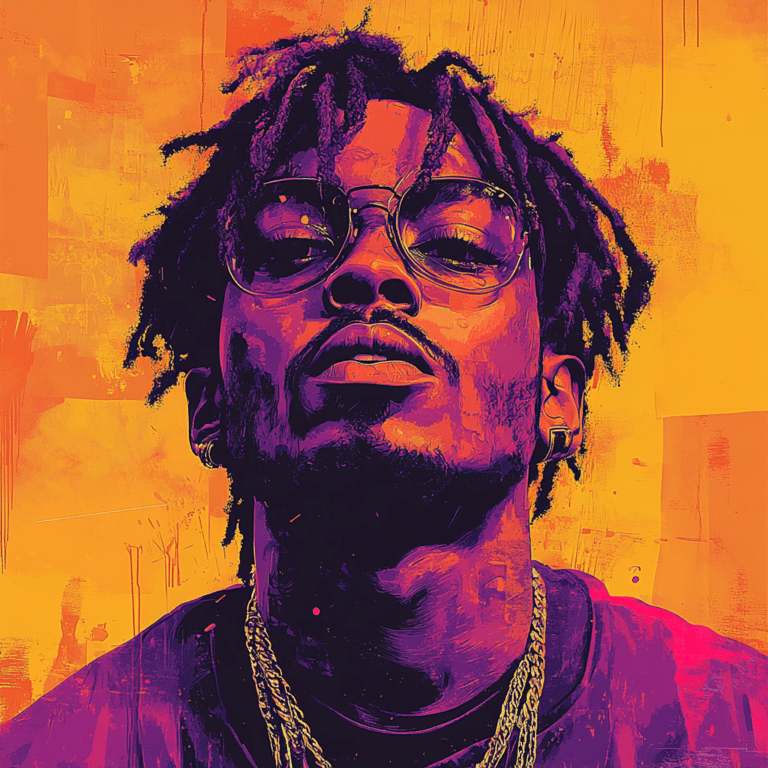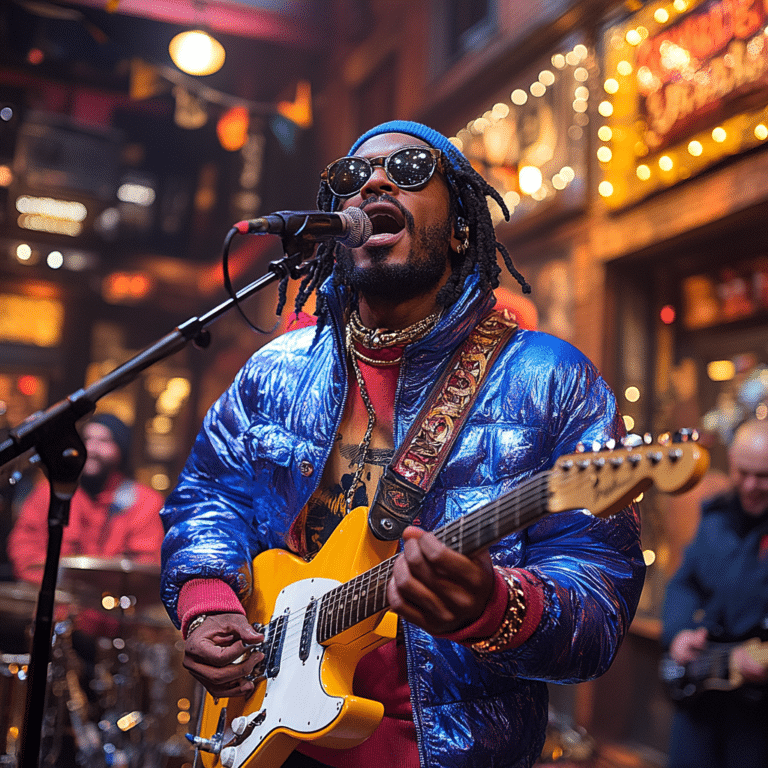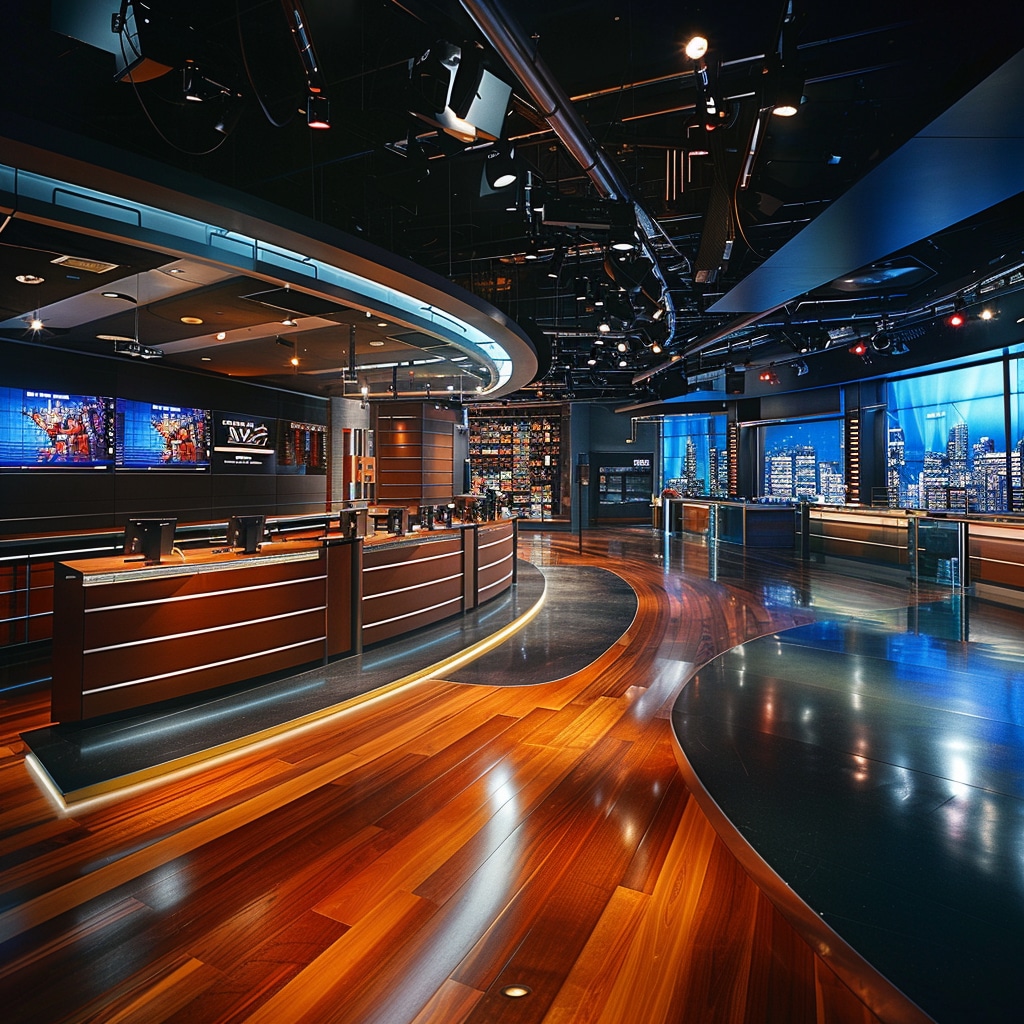The name Stephen Paddock became forever etched in the minds of the American public after the horrific events on October 1, 2017. Known as the Las Vegas shooter, Paddock’s actions during the Route 91 Harvest Music Festival marked one of the deadliest mass shootings in U.S. history. As we dissect Paddock’s life and motivations, it’s vital to establish who he was before that fateful night, and why his attack stirred nationwide conversations about gun control, public safety, and the essence of personal freedoms.
1. The Las Vegas Shooter: A Detailed Profile of Stephen Paddock
Stephen Paddock was not your typical criminal. Born on April 9, 1953, he was a former accountant and a high-stakes gambler, a world where risk was the name of the game. However, Paddock’s life took a darker turn leading up to the shooting. His unusual behavior—a reclusive lifestyle despite his gambling endeavors—hints at underlying psychological issues. Family ties, including a troubled relationship with his parents and a history of mental health problems, played a pivotal role in shaping his later choices.
The gambling world provided him with both an income and an unhealthy obsession. He frequented casinos, where his behavior oscillated between high-stakes gaming and fragile stability. Various reports suggest that Paddock was meticulously organized, planning his actions with a chilling precision that contrasts sharply with his chaotic existence. This preparation is crucial to understanding the heinous motivations behind the Las Vegas shooter’s deadly attack.
In examining the man behind the tragedy, we find an individual wrestling with unseen demons. Insights into his psychological state reveal the potential for deep-seated motivations, elevating fears about mental health issues that ripple through society. The dark tapestry of Paddock’s life is intertwined with factors that not only prepared him for this unspeakable act, but also ignited fervent discussions about mental health in America.
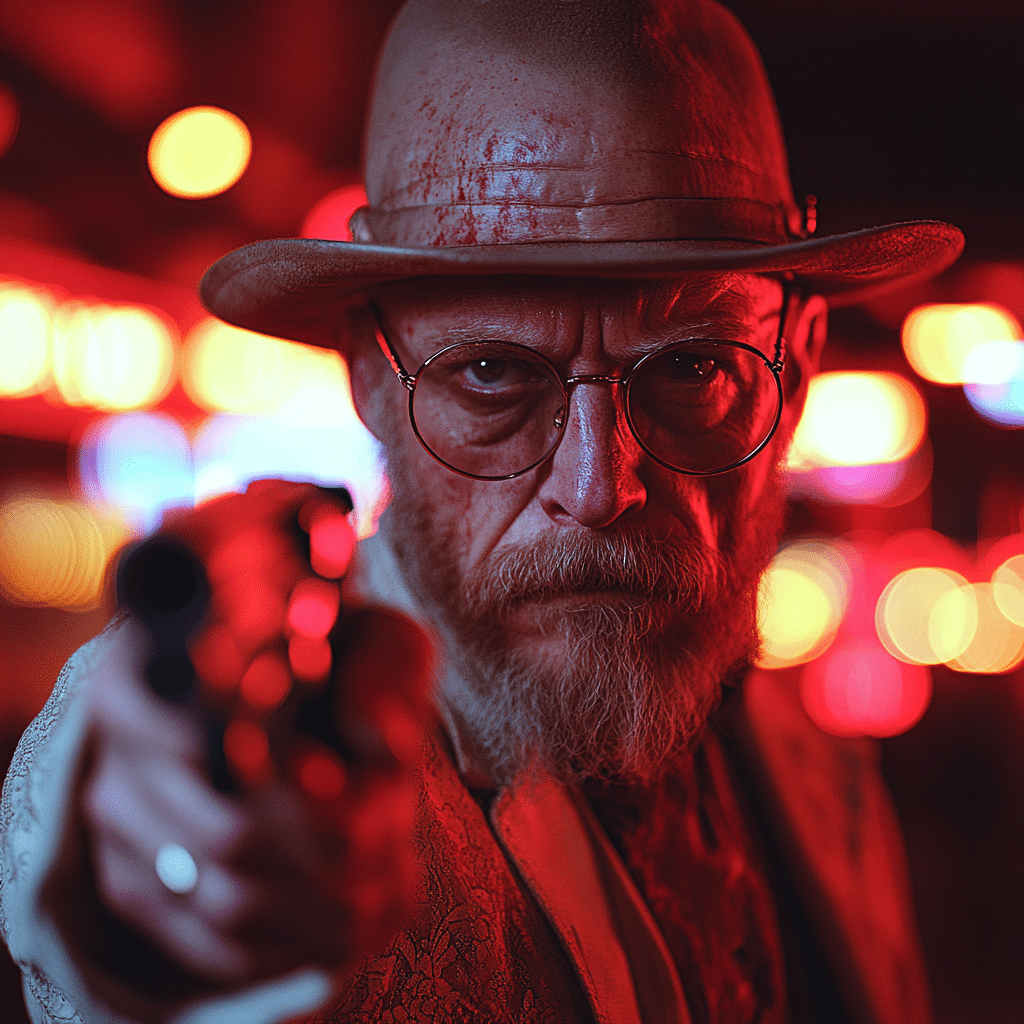
2. The Timeline of the Attack: How the Las Vegas Shooting Unfolded
Understanding the sequence of events on that tragic night adds a critical layer to the conversation surrounding the Las Vegas shooter. At 10:05 PM, Paddock initiated his assault from the 32nd floor of the Mandalay Bay Resort, aimed at concertgoers enjoying the final night of the festival across the street. His first shots fell like a storm, silencing music and ushering in panic.
Within the next ten minutes, Paddock unleashed a barrage of gunfire, killing 60 and wounding over 800 innocent people. Law enforcement and first responders quickly mobilized, racing against the clock to save lives amidst chaos. The timeline meticulously paints the horror of the attack, but it also showcases the bravery of individuals who chose to confront danger head-on, displaying a heroism that stands against the darkness of that night.
In the aftermath, the realization hit America hard as families learned of the losses. The event marked a shift in conversations about gun control and public safety, thrusting the Las Vegas shooter into the spotlight of national debates. The valor displayed by first responders and ordinary citizens saved countless lives, emphasizing the need to protect our rights and confront threats head-on.
3. Key Factors Leading to the Attack: Analyzing the Las Vegas Shooter’s Methods
As we analyze the Las Vegas shooter’s methods, it becomes clear that Paddock’s extensive preparation was both alarming and revealing. First on our list is his weaponry. Paddock’s arsenal included 23 firearms, with an unsettling number modified for rapid fire—bump stocks enabling him to fire rounds much faster than standard rifles.
Secondly, meticulous planning characterized the attack. Paddock’s research stretched beyond mere weaponry; he scrutinized hotel layouts and concert configurations, paralleling his actions with other notorious mass shootings. For context, the similarities between the Las Vegas shooting and the Kansas City parade shooting serve to illustrate a troubling trend that leaves many communities vulnerable.
Finally, Paddock’s motivations remain a source of speculation. While analysts often turn to psychological profiles, they must also confront the stark realities of mass shootings in America. His actions invite comparisons to other tragic events throughout the nation, such as the Houston Rodeo lineup shooting and its aftermath. Understanding these motivations is crucial for preventive measures moving forward.
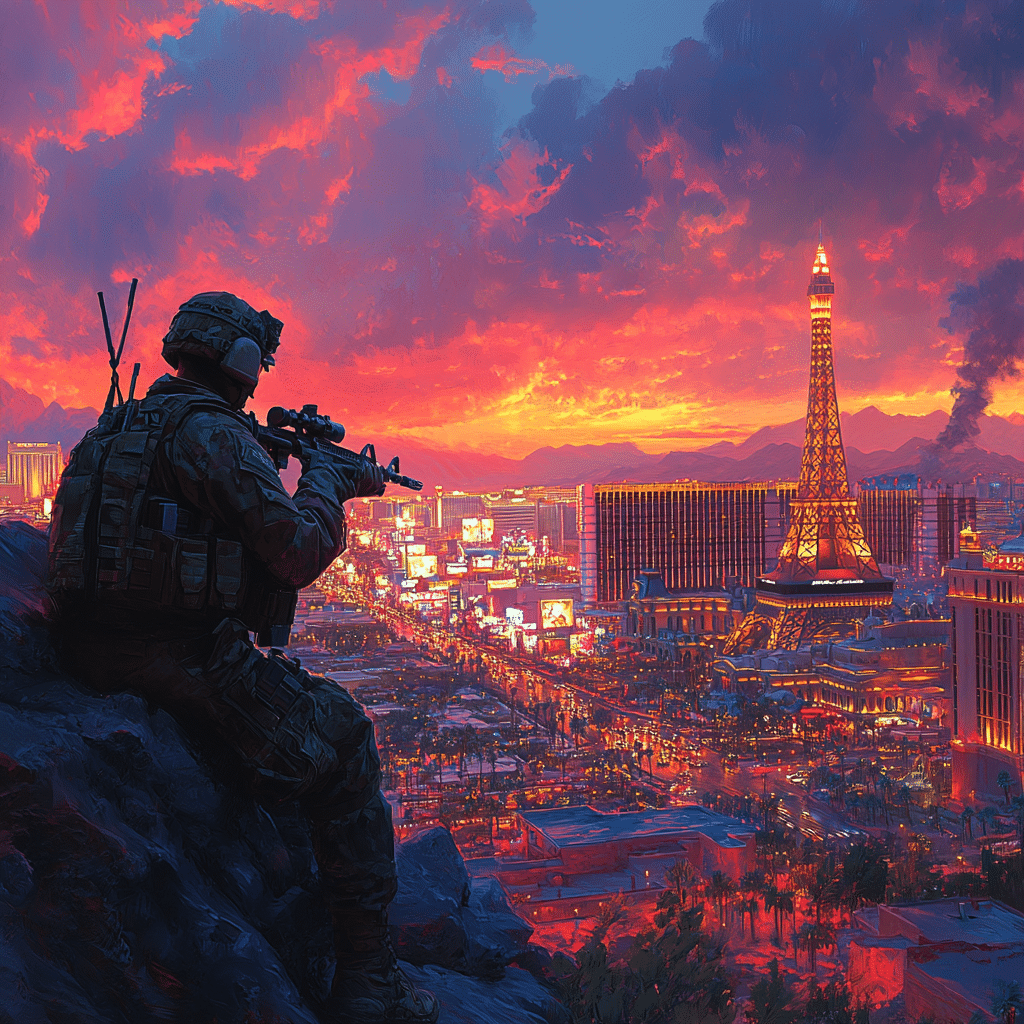
4. The Aftermath of the Las Vegas Shooting: Societal Impact and Legal Ramifications
The wake of Paddock’s attack sent shockwaves throughout America, causing a significant shift in the national narrative surrounding gun control. Following the incident, public opinion surrounding firearms and legislation ignited, marking a pivotal moment in the ongoing debate. As Americans grappled with their grief, calls for change were unprecedented.
Survivors and victims’ families became the voices of advocacy, channeling their pain into a movement for change. Organizations rallied to support those affected, while discussions of regulation and control gained momentum. This included heightened scrutiny of events resembling the Kansas City parade shooting, leading to intensified safety protocols at large gatherings.
Moreover, the legal ramifications stemming from the tragedy ignited fierce debates, raising questions about individual rights. Oftentimes, this conversation is met with skepticism among conservatives, as many see their Second Amendment rights under attack. The memories of those lost must push us toward responsible discussions that respect these rights while keeping public safety paramount.
5. Lessons Learned: How the Las Vegas Shooting Changed Public Safety Protocols
In the wake of the Las Vegas shooter incident, public safety protocols saw sweeping changes. From enhanced security measures at large events to a revised approach to emergency response, lessons learned from that night have shaped how we confront potential threats. These changes aren’t just limited to Las Vegas—they extend across the nation.
First, security enhancements at public venues now incorporate multi-layered approaches to crowd safety. Similar to adjustments made after the Kansas City parade shooting, these measures include surveillance advancements and increased law enforcement presence. Such adaptations aim to deter future acts of violence while reassuring attendees they can enjoy events safely.
Moreover, emergency response training has undergone significant shifts, informed by the horrors of that night. Law enforcement agencies across the nation are now better equipped to handle mass casualty situations. Procedural changes have emerged, emphasizing rapid response and coordination among local and federal authorities, ensuring lives are saved in tactical situations.
Innovating Approaches to Prevent Future Tragedies
Reflecting critically on the Las Vegas shooter incident reinforces the importance of continuous dialogue to prevent future tragedies. This means addressing a range of significant issues—from legislative action on gun rights to a cultural reevaluation of mental health. Each plays a vital role in cultivating a resilient society that recognizes the importance of personal freedoms.
We must also harness community vigilance—when ordinary citizens combine their voices to advocate for change, remarkable results can emerge. By prioritizing mental health initiatives and fostering conversations around responsible gun ownership, we can help defuse potential threats before they manifest into horrors.
In the end, honoring the memories of those lost means committing to a comprehensive approach that respects our rights and seeks to understand the underlying issues. Only then can we strive toward creating a safer future for all Americans, standing firm against the tide of tragedy.
Las Vegas Shooter: Unraveling the Tragedy
The tragic attack on October 1, 2017, by the Las Vegas shooter, Stephen Paddock, remains one of the deadliest mass shootings in modern American history. While Paddock’s motives still baffle investigators, the shocking precision of his actions points to someone who had extensively planned the event. Interestingly, his life before the attack seemed seemingly typical, comprising of hobbies like gambling—exploring this juxtaposition adds an unsettling layer to the narrative. Speaking of those who lead double lives, have you ever seen the filmography of Anthony Rapp? His roles often depict intense human experiences, giving a glimpse into the diverse aspects of life, just like Paddock’s inconspicuous existence before the fateful night.
Insights from Unexpected Places
The chaotic aftermath of the Las Vegas shooting incited a flurry of discussions on gun control, public safety, and mental health. Did you know that in the aftermath, various advocacy groups ramped up their efforts faster than Selma Hayek swirls through a cinematic plot? These organizations have worked tirelessly to lobby for legislative changes aimed at preventing future tragedies. Such passionate advocacy reflects how deeply events can affect public sentiment, akin to how issues like Chroming have taken center stage in discussions about teens and substance abuse. What’s more, the conversation extends beyond the streets of Las Vegas, with debates on security measures mushrooming across the country, and even insights from industries, including cinema, influencing perceptions—like how the current pope has advocated for peace and understanding in troubled times.
The Broader Context
The Las Vegas shooter incident is starkly reminiscent of various other societal challenges. Did you know that the involvement of Mexican drug cartels in other regions, including Montana, contributes to wider discussions about violence? Just as many stories highlight these troubling realities, the Las Vegas tragedy opened a critical dialogue about improving the safety of large public gatherings. Looking back at this dark chapter enables us to glean lessons that might help avert similar disasters in the future. Moreover, in a world where even entertainment platforms like Pirlo TV share content touching on these themes, it’s crucial we remain vigilant and proactive in addressing underlying issues.
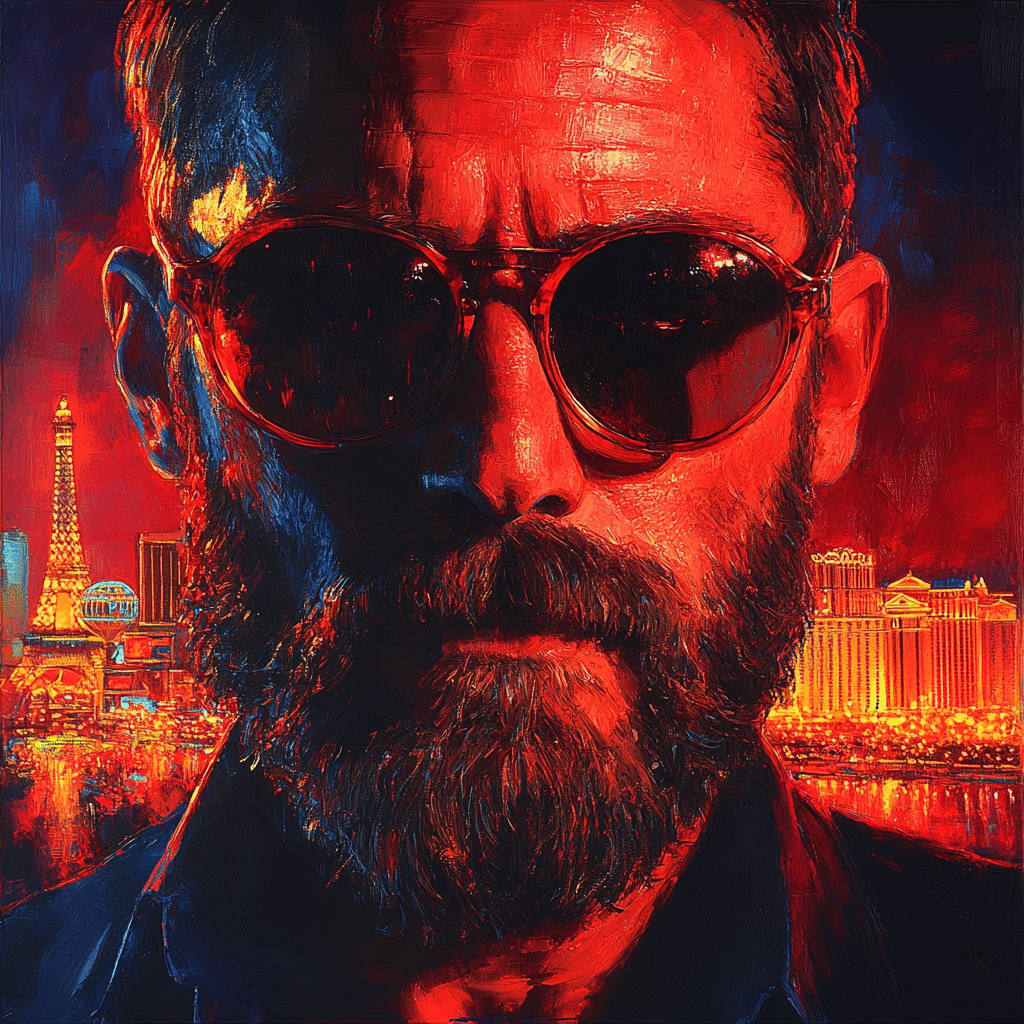
Where is the Las Vegas shot show?
The SHOT Show, which stands for Shooting, Hunting, Outdoor Trade Show, takes place at the Sands Expo Center in Las Vegas.
What floor was the Mandalay Bay shooter on?
The shooter during the 2017 Las Vegas shooting, Stephen Paddock, was on the 32nd floor of the Mandalay Bay resort.
What happened at the University of Las Vegas?
On December 6, 2023, there was a shooting at the University of Nevada, Las Vegas, resulting in three fatalities and injuries to three others, including two police officers.
Can regular people go to the SHOT Show?
Regular people can attend the SHOT Show, but it’s primarily aimed at industry professionals, so you might need to show proof of your affiliation with the hunting or shooting fields.
Where is the big shot in Las Vegas?
The “big shot” in Las Vegas often refers to the bustling life and events that happen around town, especially at popular spots like casinos and entertainment venues.
Why is the Mirage closing?
The Mirage is closing to make way for a new casino resort development by its owners, MGM Resorts.
Where is the Vegas shoot held?
The Vegas Shoot is held at the South Point Hotel, Casino & Spa, which hosts this large archery event every year.
Was Las Vegas filmed at Mandalay Bay?
The show “Las Vegas” was filmed at several locations, including the Las Vegas Strip, but it didn’t primarily feature the Mandalay Bay resort.
Why did Las Vegas end?
Las Vegas ended after its fifth season in a move to wrap up the storyline, partly due to declining ratings and a push to produce new series instead.
What is UNLV famous for?
UNLV, or the University of Nevada, Las Vegas, is well-known for its strong programs in hospitality, gaming, and the arts, among other disciplines.
What is U2 Las Vegas?
U2 Las Vegas refers to the band’s residency concerts held at The Sphere, a newly opened venue that’s become all the rage for entertainment.
What floor was the North Tower hit?
The North Tower of the World Trade Center was hit during the September 11 attacks, but in the Las Vegas context, no specific “North Tower” was involved in the 2017 shooting; it occurred at Mandalay Bay.
Does Mandalay Bay have 63 floors?
Yes, Mandalay Bay has 43 floors; however, the entire complex has different features like a 63-floor hotel tower as part of the overall resort.
What was supposed to be built across from Mandalay Bay?
Before it was known as Mandalay Bay, the resort was originally called the “Mandalay Bay Resort and Casino,” and it has undergone various branding since its opening.
What did the Mandalay Bay used to be called?
Most of the filming for the show “Las Vegas” took place at various locations around the city, capitalizing on the city’s vibrant atmosphere.
Where was the show Las Vegas filmed at?
The Vegas Shoot is held at the South Point Hotel, Casino & Spa, which hosts this large archery event every year.
Where is the Vegas shoot held?
The Las Vegas Super Show takes place at the Las Vegas Convention Center, showcasing various products and services related to the shooting, hunting, and outdoor industries.
Where is the Las Vegas Super Show held?
“Vegas Vacation” was filmed at multiple locations in Las Vegas, including well-known landmarks like the Las Vegas Strip and various casinos.
